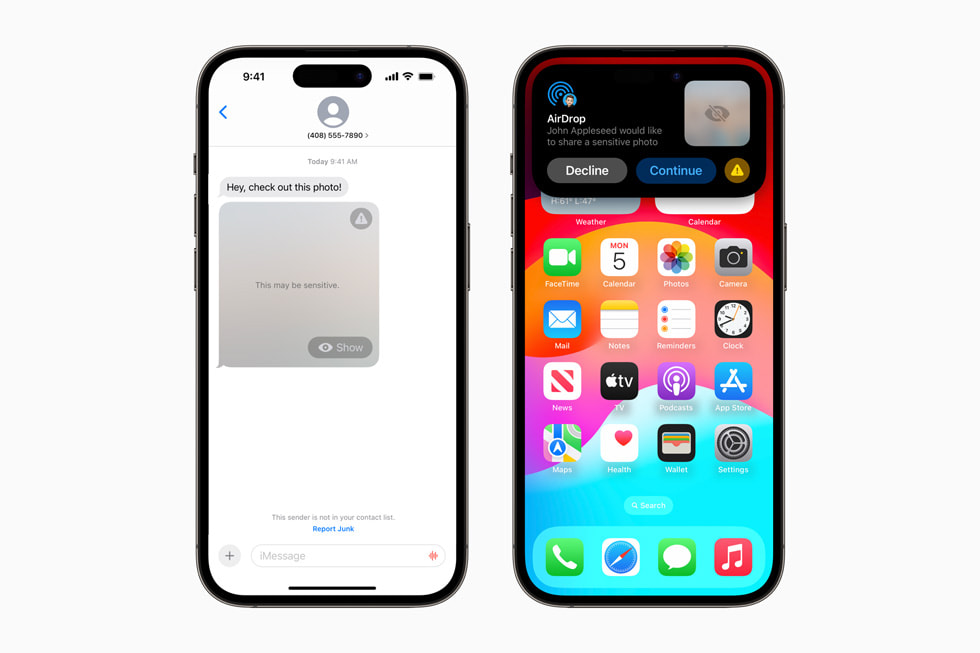In the dynamic world of mobile app development, launching a Minimum Viable Product (MVP) is a critical first step. It allows startups and established businesses alike to test their ideas, gather crucial user feedback, and iterate rapidly without committing extensive resources. While both iOS and Android platforms have their merits, iOS consistently emerges as the superior choice for MVP app launches, particularly for those targeting a discerning early adopter audience.
If you’re a startup or a mobile app development company in London looking to make a significant impact, here’s why iOS should be at the top of your list for your MVP:
1. Superior User Experience and Design Consistency
Apple’s stringent design guidelines and emphasis on user experience (UX) create a consistent and polished environment for iOS apps. This translates into a more intuitive and aesthetically pleasing initial interaction for your users. For an MVP, where first impressions are paramount, a well-designed iOS app can immediately convey professionalism and quality.
Mobile app designers in London often find that working within the iOS ecosystem allows for a streamlined design process, leveraging established UI/UX patterns that users are already familiar with. This reduces the learning curve for your initial users and ensures a smoother onboarding experience.
2. Higher Engagement and Monetization Potential
Historically, iOS users have demonstrated higher engagement rates and a greater willingness to spend on in-app purchases and premium features. This is a significant advantage for an MVP, as it allows you to quickly validate your monetization strategy and gather revenue even in the early stages. For a mobile app developer in London focused on achieving early financial viability, this can be a game-changer.
3. Faster Development Cycles and Cost-Effectiveness (Yes, Really!)
While the perception might be that iOS development is more expensive, for an MVP, it can actually be more cost-effective. The unified ecosystem of iOS, with fewer device variations and screen sizes compared to Android, often leads to:
- Faster Development: Less time spent on fragmentation issues and compatibility testing.
- Reduced Testing Efforts: A more homogenous user base simplifies quality assurance.
- Streamlined Iteration: Apple’s App Store review process, while rigorous, is often quicker and more predictable for minor updates once the initial MVP is approved. This means you can implement feedback and push out improvements rapidly.
This efficiency makes iOS a compelling choice for an app development company in London aiming to deliver a functional and polished MVP within a tighter timeline and budget.
4. Access to a Premium and Tech-Savvy Audience
iOS users are often early adopters of new technology and are generally more comfortable with digital transactions. This demographic is ideal for an MVP, as they are more likely to provide valuable feedback, embrace new features, and become advocates for your product. If your target audience aligns with this profile, launching on iOS first can provide a strong foundation for future growth.
5. Enhanced Security and Performance
Apple’s closed ecosystem offers a higher level of security and performance optimization. This provides a stable and reliable platform for your MVP, reducing the likelihood of bugs and crashes that could deter early users. A secure and smoothly functioning app builds trust and encourages continued engagement, which is vital for validating your app idea.
Conclusion
For businesses in London and beyond looking to launch an MVP, iOS offers a compelling combination of design excellence, user engagement, development efficiency, and access to a valuable audience. Partnering with an experienced app developer in London who specializes in iOS can help you leverage these advantages and bring your innovative app idea to market quickly and effectively. While a cross-platform strategy might be considered for a full-fledged product, for the critical initial phase of an MVP, iOS remains the smartest strategic move.




